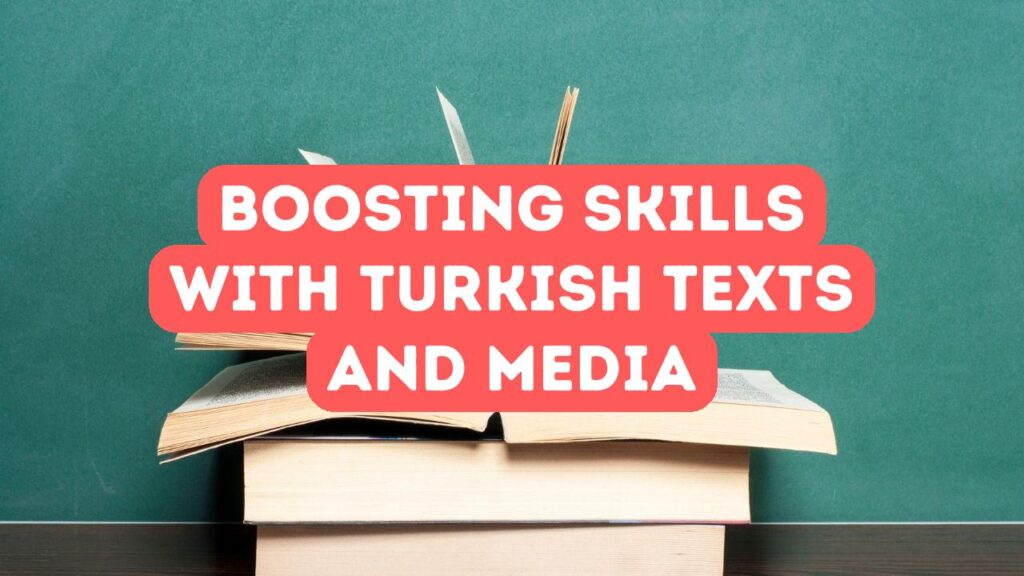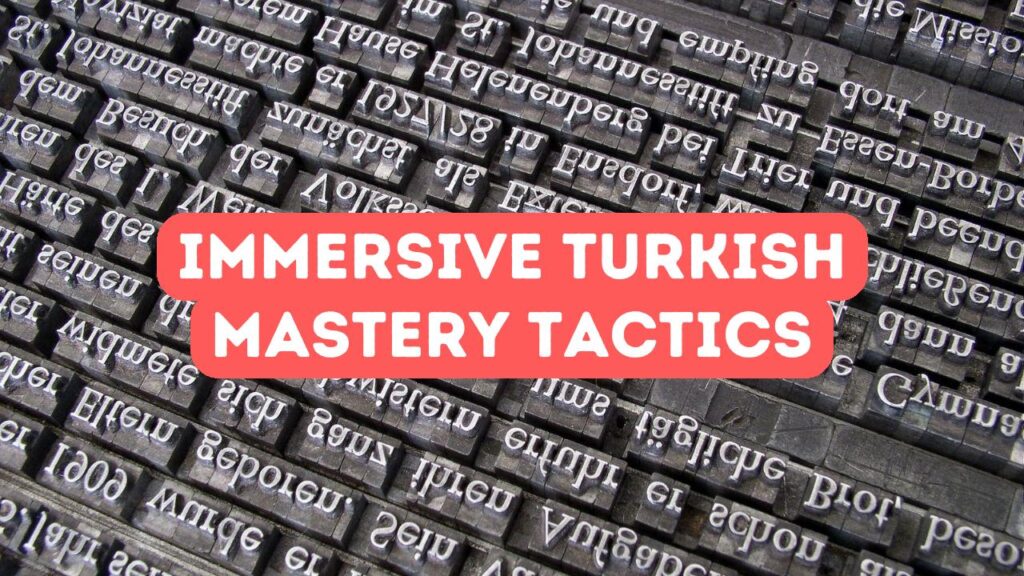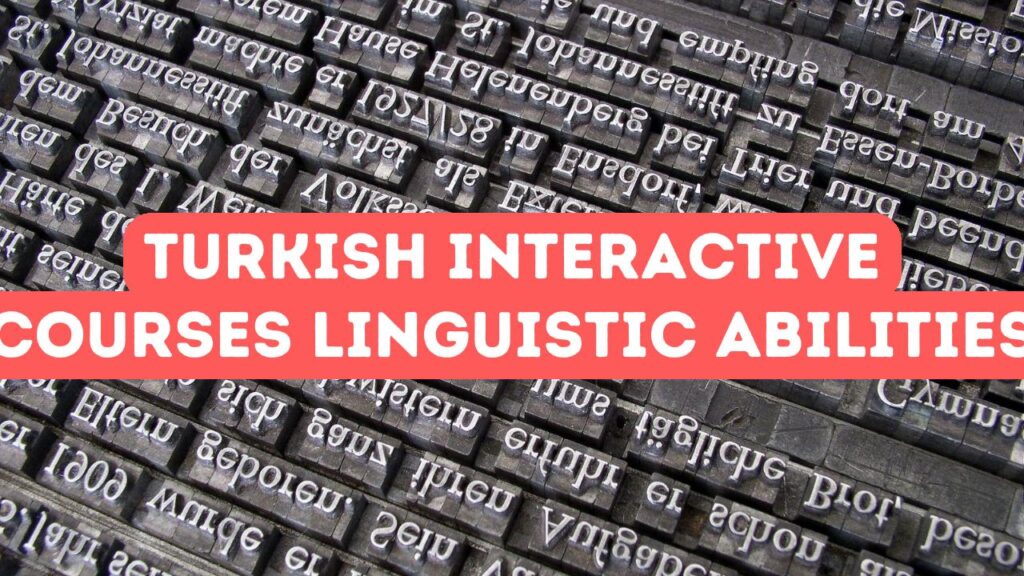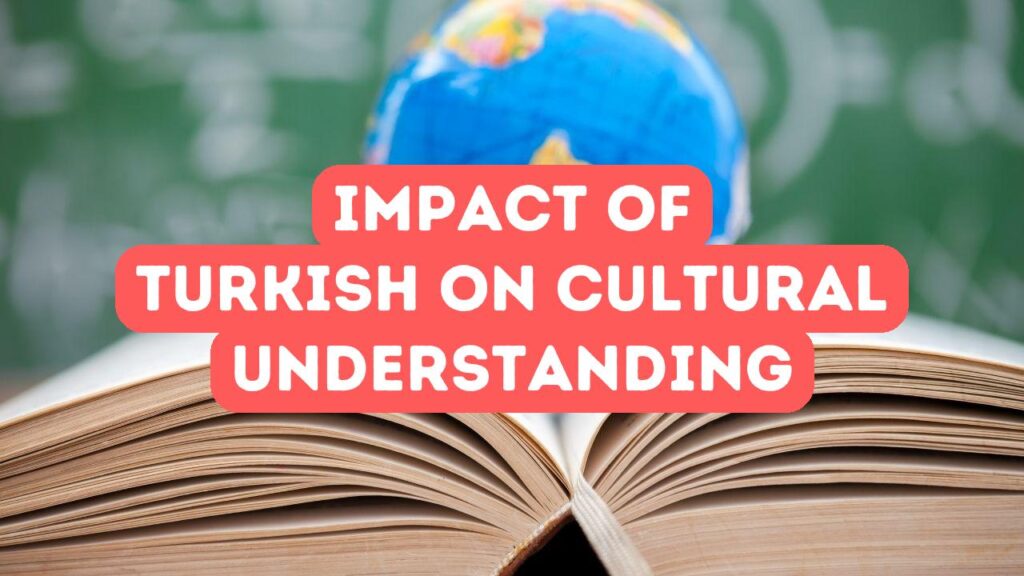Navigating Linguistic Complexity: Mastering Turkish Proficiency
Embarking on the path to mastering Turkish proficiency requires learners to navigate its fascinating linguistic complexity, a feature that sets this language apart. Newcomers are first met with the challenge of its vowel harmony and agglutinative structure, which demands acute attention to the harmonious attachment of suffixes according to intricate rules. This journey is akin to learning to piece together a linguistic puzzle, where each suffix has its rightful place, modifying meaning with precision. As students progress beyond the basics, they must become adept at interpreting the subtleties of context and pragmatics, as Turkish does not rely heavily on strict word order but rather on suffixes and particles to indicate relationships between words. This nuanced dance between vocabulary and suffixes leads language learners on a compelling quest through layers of meaning, which, once mastered, reveals the true elegance and efficiency of Turkish communication.
Delving deeper into the intricacies of Turkish, learners confront a wealth of idiomatic expressions and proverbs that are integral to everyday conversation and which often have no direct equivalents in other languages. This stage of acquisition tests not only linguistic skill but also cultural competence, as many idioms are deeply rooted in Turkish history, folklore, and social mores. Mastering these phrases requires a keen ear for context and an appreciation for metaphor, as well as a willingness to engage with native speakers who can provide insight into the nuanced use of such colorful expressions. The journey through idiomatic terrain is unpredictable but rewarding, for each learned expression serves as a milestone, signifying a closer connection to the language’s soul and a step towards the coveted title of ‘expert’.
Indeed, the ascent to Turkish proficiency is crowned by the learner’s ability to seamlessly blend the acquired vocabulary, grammar, and idiomatic expressions into fluent, natural discourse. It is at this zenith of language acquisition that the subtle interplay of intonation, timing, and cultural inference becomes second nature, allowing the individual not merely to understand but to think in Turkish, to express emotions and complex thoughts with the same ease as a native speaker. This level of expertise does not arrive without considerable dedication and experiential learning, often involving immersion within a Turkish-speaking community. More than merely speaking, it is about becoming an active participant in the cultural dialogue, contributing to discussions and narratives, and in doing so, transcending the role of observer to become a narrator within the vibrant tapestry of the Turkish language.
From Basic Vocabulary to Fluent Expression: Advancing Language Skills
Embarking on the acquisition of the Turkish language, learners initially find themselves at the intersection of memorization and practical application, wherein foundational words and simple sentences form the core of their communicative arsenal. As these novices painstakingly build their vocabulary banks, they encounter Turkish’s distinctive linguistic melody, characterized by vowel harmony and consonant alternation. This stage is marked by the transition from the rote learning of common greetings, numbers, and daily objects to the formation of basic structured sentences powerful enough to navigate everyday conversations. The fledgling success in using Turkish to satisfy immediate needs, such as ordering food or asking directions, plants a seed of confidence, setting the stage for the subsequent, more complex layers of language mastery.
As this foundational proficiency solidifies, the learner begins to interweave more intricate grammar and syntax into their linguistic tapestry. The magic of Turkish verbs comes to the forefront, where suffixes denote not only tense but also mood and aspect, demanding a delicate balance between memorization and contextual understanding. It is at this intermediate stage that idiomatic expressions, proverbs, and culturally loaded phrases enter the mix, necessitating a deeper cultural immersion. Conversations evolve from transactional exchanges to more meaningful dialogues, exploring abstract concepts and personal opinions. Pronunciation nuances, such as the distinction between the hard and soft ‘g’, start to color the learner’s speech, paving the way to a more natural and expressive command of the language. This phase of learning is both exhilarating and daunting, as one realizes the scale of nuance that must be mastered to move from competence towards fluency.
Upon cresting the intermediary plateau, the burgeoning polyglot’s journey becomes less about overt learning and more about nuanced absorption. Expertise in Turkish dawns as learners find they can not only understand but also think and react in the language with spontaneity and sophistication. Subtle grammatical intricacies—such as the use of the conditionals, the subjunctive mood, and compound sentence construction—are wielded with ease, allowing for the expression of complex thoughts and the sharing of cultural humor. At this stage, the once distinct lines between the learner’s native tongue and Turkish blur, giving way to a seamless linguistic dexterity that enables them to engage in debates, appreciate literature, and partake in the full social spectrum of Turkish life. The transformation from a student of the language to a connoisseur of its lexicon and a participant in its cultural discourse is complete, marking the culmination of a truly profound acquisition journey.
Cultivating Cultural and Linguistic Competence in Turkish
The initial stages of learning Turkish are akin to planting seeds in fertile soil; it’s where one cultivates the essential roots of the language, starting with fundamental grammatical structures and common phrases. Novices often immerse themselves in basic dialogues and greetings, learning by repetition and correction, a process that is crucial for building confidence in pronunciation and intonation. But as any seasoned language instructor will assert, the magic of Turkish begins to reveal itself when students venture beyond rote learning. Engagement with Turkey’s vibrant cultural tapestry, through the exploration of its literature, films, and music, is imperative. This not only aids in contextualizing the language within its living cultural framework but also helps learners to internalize the language’s rhythms and melodies, anchoring abstract grammatical concepts into tangible cultural expressions.
As learners delve deeper into Turkish, the challenges become as diverse as the language itself. They must navigate the nuanced maze of agglutination, where suffixes are strung together in a logical yet bewildering dance, altering meaning with each addition. To cultivate linguistic competence, advanced students grapple with intricate verb tenses and moods, and the honorifics that reflect the Turkish cultural emphasis on respect and formality. Exposure to regional dialects and slang enriches understanding, pushing learners to adapt to the fluid boundaries of everyday speech. Real-world practice, perhaps through language exchanges or immersion in Turkish communities, becomes invaluable. Here, linguistic competence intertwines with cultural understanding, as learners discern subtle social cues and humor, gradually peeling back the layers of context that define fluent communication. This stage is a dynamic interplay between language mechanics and the pulsating life that courses through Turkish conversation.
Reaching the apex of Turkish language proficiency marks a transformation from a learner to a linguistic connoisseur. This echelon of expertise is characterized by a deep appreciation of idiomatic subtleties, a sensitivity to the lyrical quality of Turkish poetry, and an ability to partake in spirited debates using the language’s rich arsenal of expression. The expert speaker navigates effortlessly between formal discourse and colloquial banter, drawing on a broad vocabulary that encompasses both the historical depths and the contemporary dynamism of Turkish. At this stage, language is no longer a barrier but a bridge connecting the learner not only to the vast community of Turkish speakers but also to the cultural heritage of a nation. The expert’s journey is a testament to the profound interconnectedness of language and culture, where every conversation enriches the understanding of Turkish society’s heartbeat, revealing the soul that fuels the language’s very essence.







